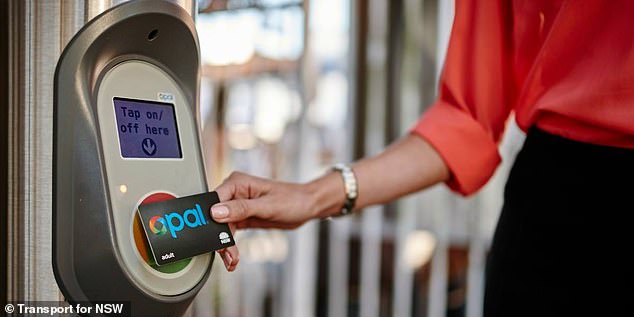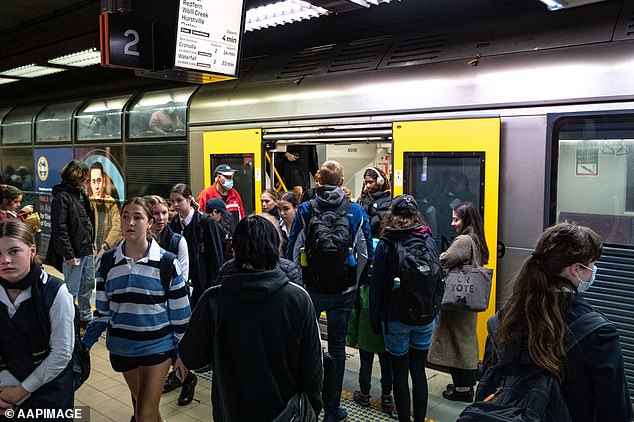Millions of Australians will be forced to pay more to use public transport, with Opal fares set to rise in New South Wales within days.
Opal rates will increase by an average of 3.6 percent and the price increase will take effect on July 1.
Adult travelers will receive a maximum of 49 cents extra for train and metro travel.
Bus and light rail trips will increase by 27 cents, while a ferry trip will increase by 43 cents.
The increase, which is regulated by the Independent Pricing and Regulatory Authority (IPART), will also apply to children, young people and concession card holders.
Train fares will increase by 24 cents, while bus, light rail and ferry fares will increase by 14 cents and 22 cents for these groups.
The weekly travel limit remains at $50 for adults and $25 for concession cardholders, while the daily travel limit of $2.50 for seniors and pensioners remains unchanged.
NSW Transport Secretary Josh Murray said the latest increase is in line with inflation.
Millions of Australians will pay more to use public transport (pictured) and opal fares across New South Wales will rise by an average of 3.6 per cent on July 1.
“Each year rates are reviewed to ensure the network can continue to operate sustainably, keeping pace with increased operating costs including fuel, electricity, maintenance and staffing,” he said.
“These increases will ensure Transport for NSW can continue to invest in the delivery of reliable services for passengers.”
Australia’s inflation level has soared and the consumer price index has jumped four per cent in the year to May, up from 3.6 per cent in April.
Headline inflation is now further above the Reserve Bank’s two to three per cent target and at a new six-month high thanks to rising oil prices.
Murray said most travelers will see an increase of less than a dollar per week when discounts and travel limits are applied.
Travelers are entitled to a 30 percent discount on train, bus and light rail service fares when traveling on Fridays, weekends, holidays and off-peak times.

A one-way rush hour train journey from Penrith to the CBD will rise from $7.65 to $8.03 (file image)
“Friday weekend fares will continue to apply, meaning Friday fares will be capped at $9.35 for all adults and $4.65 for children/youth and concession cardholders during all day,” Mr. Murray said.
The latest change is the second time Opal’s rates have increased after the price increased by an average of 3.7 percent in October.
Friday weekend fares will continue to apply and short bus and light rail journeys of up to three kilometers will remain unchanged.
The station access fee for use of domestic and international airport train stations will increase to $17.34 for adults.
The fare will increase to $15.50 for children, youth and concession card holders.


